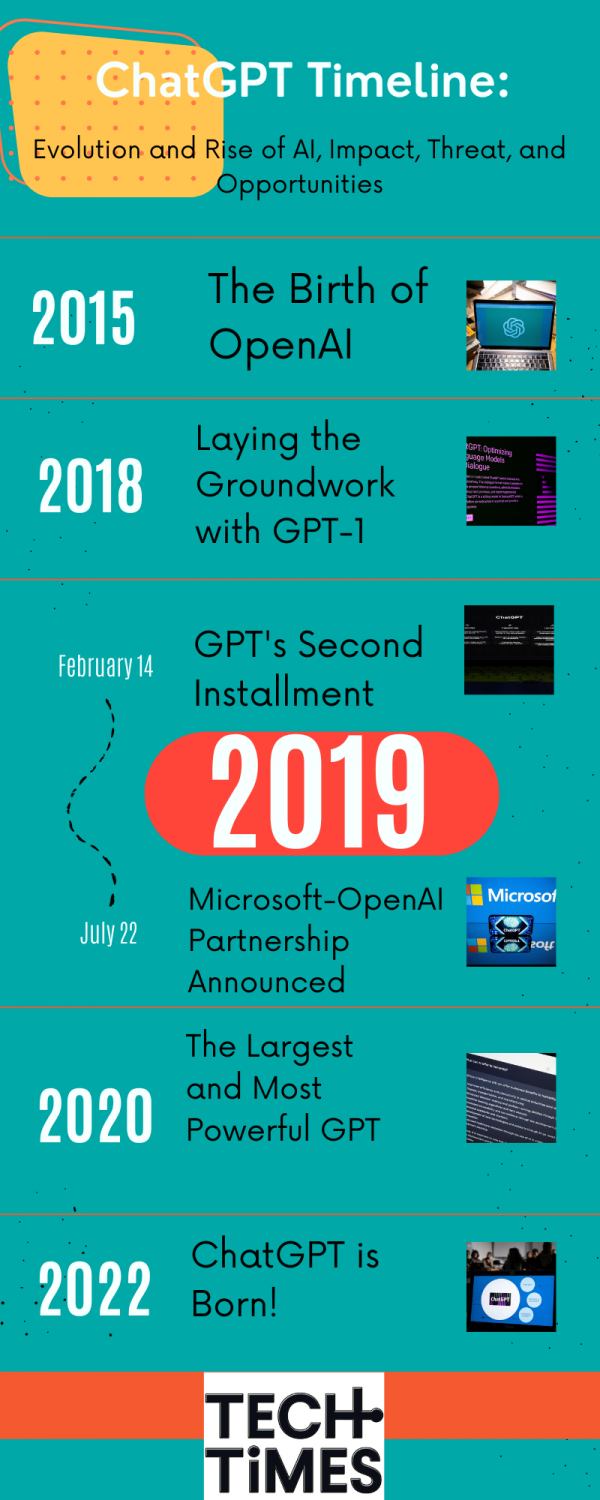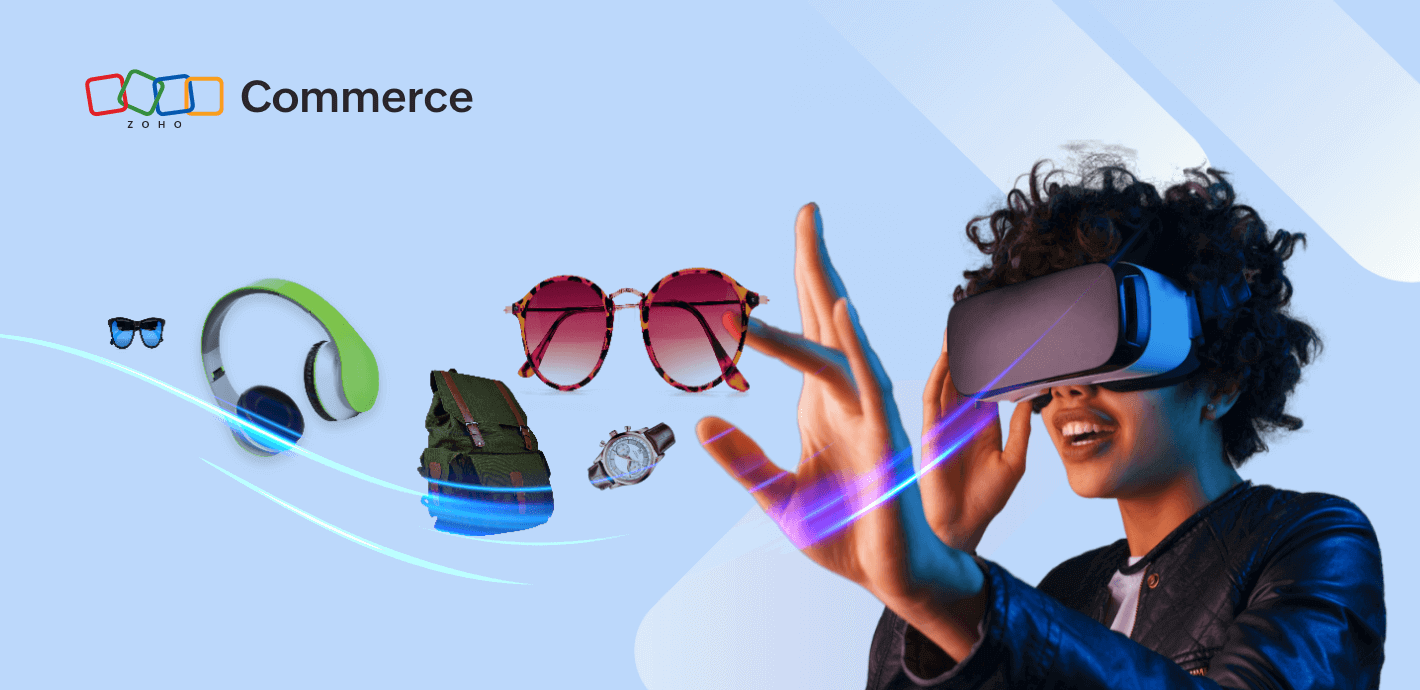History of ChatGPT: Where it Started to Its Latest Version
ChatGPT, launched in 2022, has quickly become one of the most popular chatbots in use today. Powered by OpenAI, this chatbot stands out for its ability to enable users to engage in conversations tailored to their specific preferences regarding length, format, style, detail, and language.

The Beginning: Evolution of OpenAI and GPT Versions
OpenAI, established in December 2015, aimed to advance artificial intelligence in generating human-like text content. Before ChatGPT, OpenAI introduced several GPT versions, each contributing to the development of this revolutionary chatbot.
GPT-1, launched in June 2018, marked a significant milestone in AI history. This initial chatbot showcased the potential of large language models by generating creative and coherent human-like text responses.

The Journey to ChatGPT
In 2019, GPT-2 was introduced but initially withheld from public release due to concerns about potential misuse. Despite these challenges, researchers explored its capabilities, leading to advancements in language processing and text summarization.
With the unveiling of GPT-3 by OpenAI shortly before ChatGPT's launch, a new era of AI text generation began. GPT-3 offered unprecedented accuracy and reliability in content creation, supporting various industries and creators.
The Latest Innovation: GPT-4 and ChatGPT Plus
OpenAI's latest model, GPT-4, builds upon the success of its predecessors, setting new standards in text generation. Released in March 2023, GPT-4 introduced advanced features through products like ChatGPT Plus, Microsoft Copilot, and OpenAI's API.

Users have embraced GPT-3 for its diverse applications, from content creation to language translation. Its integration into various industries has enhanced customer engagement and support services.
Moreover, GPT-3's support for medical practitioners highlights its potential beyond traditional text generation, emphasizing proactive solutions in healthcare.
Looking Ahead: Future of ChatGPT and AI Technology
As AI technology continues to evolve, tools like ChatGPT, Google Bard, and Gemini offer innovative solutions for various tasks, from writing to data analysis. However, while these bots provide valuable assistance, they are not without limitations and should be used judiciously.
Despite the advancements in AI chatbots, the journey is far from over. The future promises further innovations and enhancements in artificial intelligence, paving the way for more impactful technologies.

From GPT-1 to ChatGPT, OpenAI's dedication to AI development has transformed the landscape of text generation. The chatbot era is just beginning, with endless possibilities on the horizon.




















